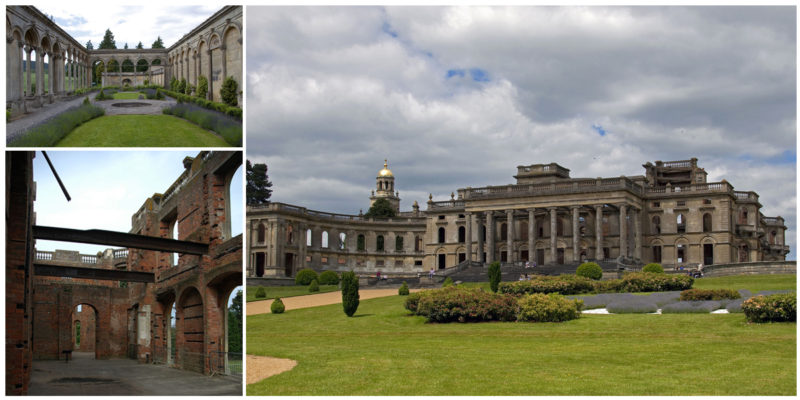One of the most stunning ruined mansions in England is Witley Court. Built for the Foley family, the residence once was the most beautiful country house in Worcestershire which hosted a lot of extravagant and luxurious parties.
The original structure was made in the 17th century in the place of a previous manor house, and in the 19th century, it was expanded by the architect John Nash. Unfortunately, the mansion was ruined by a devastating fire in 1937. It was subsequently stripped of anything that could be sold for scrap and abandoned. The gardens were later restored by English Heritage and the ruins are a Grade I listed building protected by Historic England.
The previous manor house belonged to the Russell family who, after the English Civil War (1642–1651), sold it to an ironmaster, Thomas Foley, 1st Baron Foley. He erected two towers on the north side of the manor and after his death, his son, Thomas Foley, 2nd Baron Foley, added wings to the courtyard.
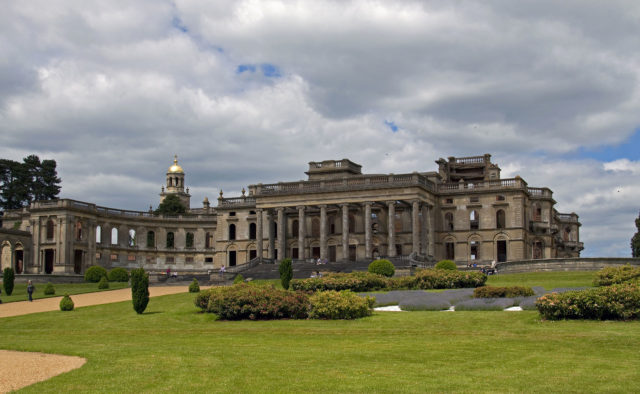
He also added a chapel in baroque style, filling the interior was with frescoes made by Antonio Bellucci. The most astonishing were the ten windows hand painted by Joshua Price, who was inspired by the designs of Francesco Slater. Thomas Foley, 3rd Baron Foley in 1805 commissioned the architect John Nash to undertake a major reconstruction and extension of the house. The most valuable addition made in this period were the porticoes.
Twenty years later, the 4th Baron Foley had financial difficulties and sold the estate to William Ward, 11th Baron Ward. For three years (1843 to 1846) Queen Adelaide, the widow of King William IV, lived in the mansion. William hired the great architect Samuel Daukes to remodel the house in Italianate style, and he changed the facade by putting ashlar stones over the brick.
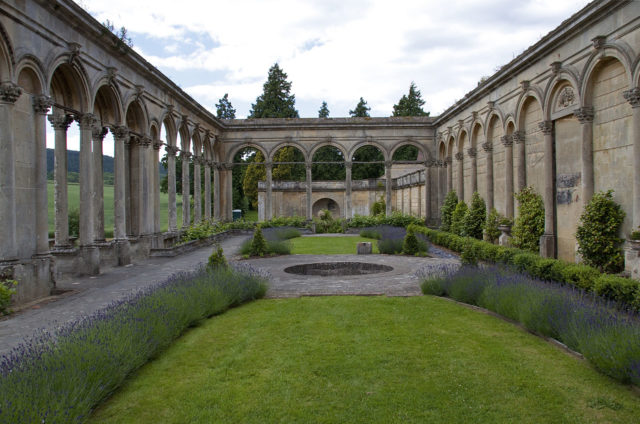
There were constant parties at the mansion, with one of the most frequent guests being the Prince of Wales who was a good friend of Ward. A fascinating work began with the designer William Andrews Nesfield who was appointed to transform the gardens in grand Victorian style. The gardens are magical with many vibrant flowers, ornate terraces, fountains, and pavilions.
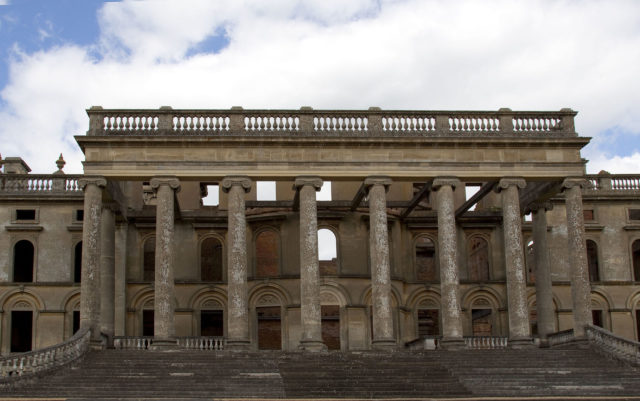
Nesfield was very proud of his gardens and called them his “monster work”. The most visited today is the East Parterre garden, and there are also shops with many different treats, toys for children and souvenirs. The centerpiece of the garden, the ornate Perseus and Andromeda Fountain, survived the fire and period of neglect.
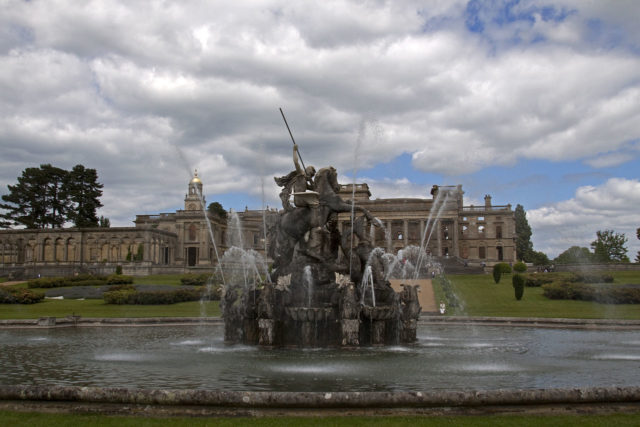
There are other wonderful fountains in the gardens, however this by far the largest. The project to restore the gardens to their previous designed splendor was made possible by the discovery of the original plans. The work is maintained by English Heritage which keeps them in their previous Victorian Glory.
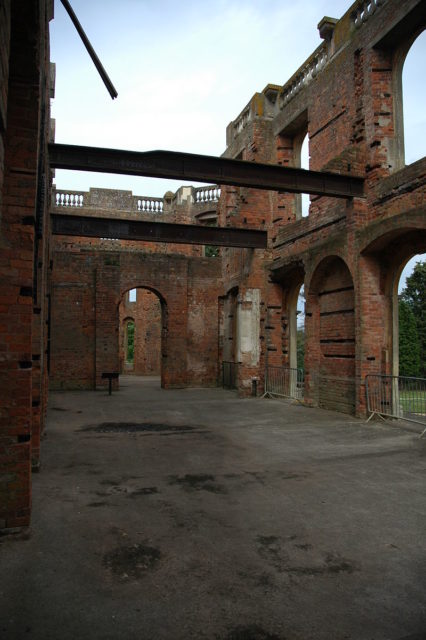
Another exclusive tour at Witley Court is the woodland walks. In these walks, many species of trees can be seen. Close to the mansion is Witley Court Church made in Italianate Baroque style. It also contains shops and a tea room for visitors. In 1937, after the fire, the central and the eastern wings of the house were severely damaged. The parts that were spared were the gardens, the church, and the Orangery.
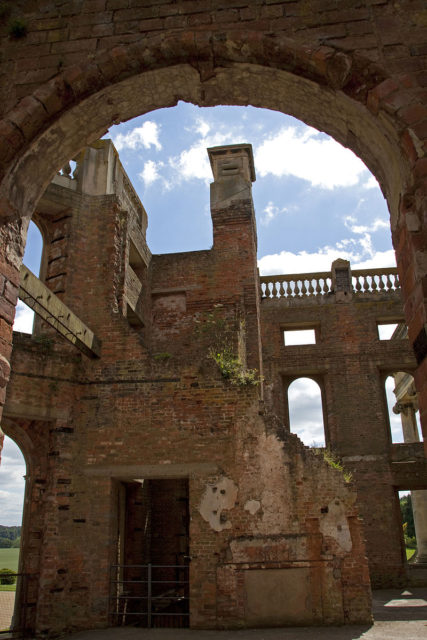
There was not enough money for restoration so, in 1938, the estate was auctioned. Everything that was moveable was taken from the house, and only the large items were left behind to rot. In 2002, the whole wilderness around the estate was redesigned by Michael Ibbotson who added more trees and paths and made the place more natural and wild. The church still stands as one of the finest interiors of its period in England.
